Introduction
In the rapidly evolving world of e-commerce, optimizing website performance is no longer a luxury but a necessity for staying competitive. This comprehensive guide delves into the key elements of e-commerce website optimization, examining the critical aspects that influence site performance and user experience. From enhancing site speed and ensuring mobile responsiveness to implementing effective search engine optimization (SEO) and conversion rate optimization (CRO) strategies, each component plays a vital role in creating a seamless shopping experience.
By exploring real-world examples such as Bemol’s innovative solutions in Brazil and Chess.com’s global reach, this article illustrates the importance of robust infrastructure and cutting-edge technologies in meeting consumer expectations. Learn how to leverage advanced techniques like A/B testing, image optimization, and leveraging Content Delivery Networks (CDNs) to not only attract but retain customers in a highly competitive market. Discover actionable insights and best practices that can drive significant improvements in your e-commerce platform’s performance and ultimately, your business's success.
Key Elements of Ecommerce Website Optimization
Enhancing an e-commerce site requires a comprehensive strategy to guarantee excellent performance and visitor satisfaction. Essential elements consist of webpage speed, interface design, mobile adaptability, search engine enhancement, and conversion rate improvement strategies. For instance, Bemol, a prominent Brazilian retail chain with extensive e-commerce operations, had to overcome significant logistical challenges to provide a high-performing and reliable online platform. 'Their efforts to deliver free public WI-Fi in remote Amazonian areas exemplify the importance of robust infrastructure in achieving seamless experiences for individuals.'.
Efficient webpage speed is paramount, as slow-loading pages can deter potential customers. Introducing a responsive interface design improves navigation and usability, addressing various consumer preferences. Mobile responsiveness, given the surge in mobile commerce, ensures that the e-commerce site is accessible and functional across all devices. Search engine optimization (SEO) is crucial for visibility, helping businesses rank higher in search results and attract organic traffic.
Conversion rate optimization (CRO) strategies are essential for turning visitors into customers. This involves analyzing user behavior, A/B testing, and refining the purchasing process to reduce friction and enhance user satisfaction. By integrating these components, e-commerce platforms can provide a smooth shopping process, which is vital for driving sales and fostering customer loyalty.
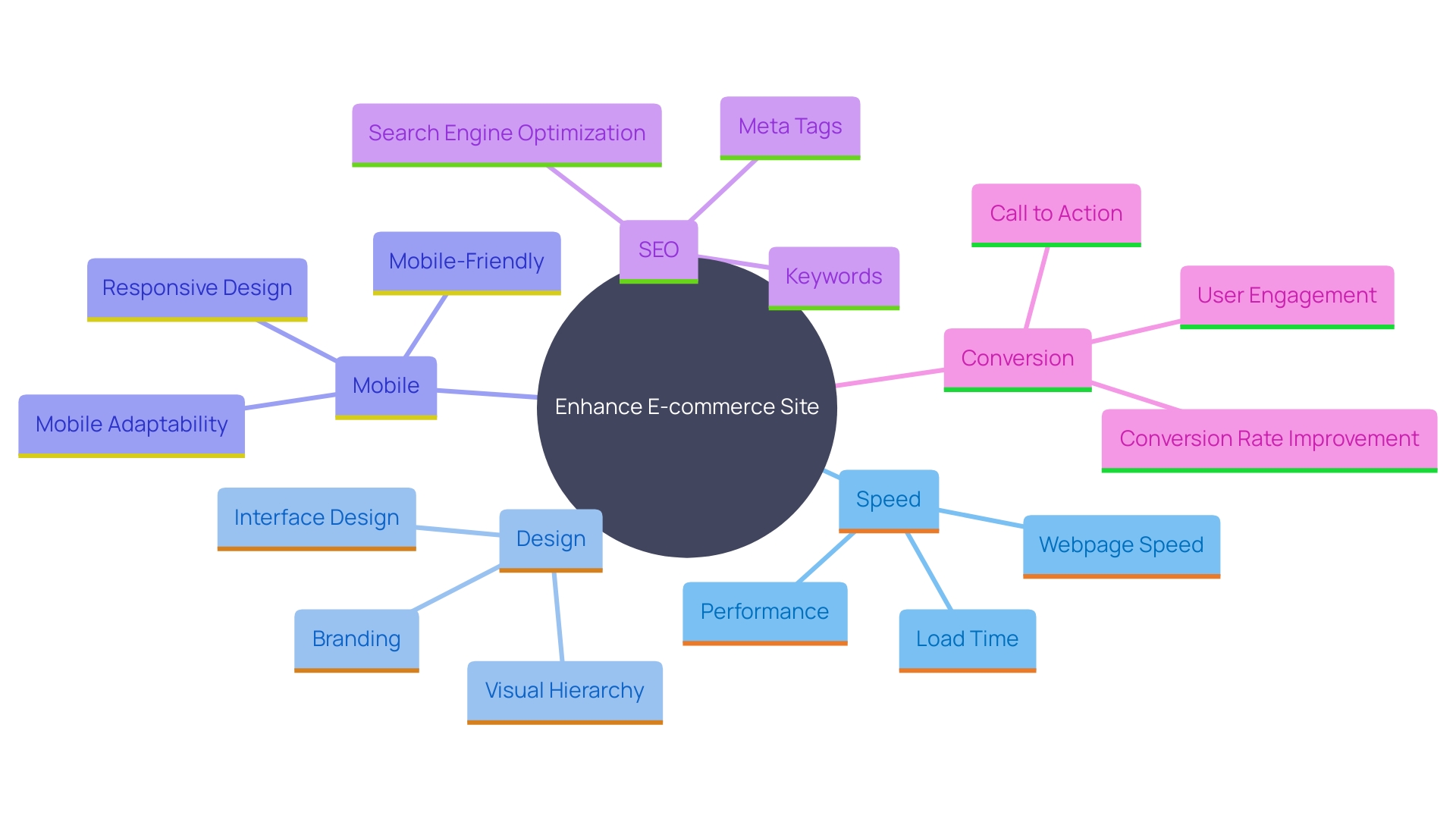
Website Speed Optimization
Website speed is a critical factor in e-commerce success. Research shows that even a one-second delay in page load time can result in a 7% reduction in conversions. To enhance your webpage's speed, start by compressing images, which can significantly reduce load times without sacrificing quality. Additionally, focus on reducing server response times; a reliable hosting provider and optimized server configuration are essential for maintaining fast load speeds. Minimizing the use of heavy scripts and leveraging tools like Google PageSpeed Insights can pinpoint specific areas needing improvement. In today's competitive online marketplace, delivering a quick, smooth interaction is crucial for keeping customers and boosting sales.
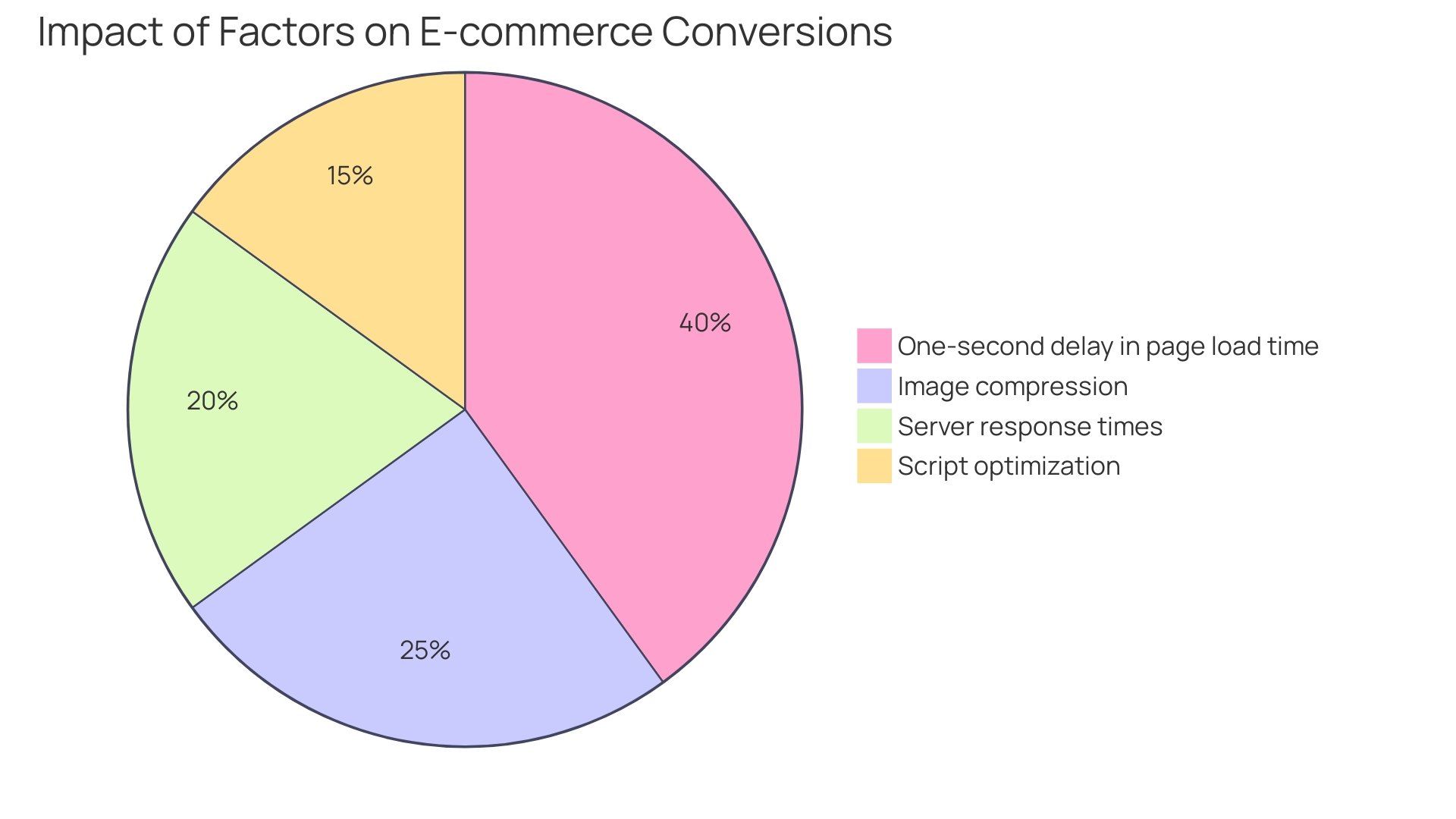
User Experience Enhancement
User satisfaction (UX) is vital in making sure that visitors find your site easy to navigate and enjoyable to interact with. It is not just about creating a functional product, but one that offers a meaningful and relevant experience to the individual. This involves a deep understanding of individuals, their needs, and their behaviors.
Key Components of Enhanced UX
-
Intuitive Navigation: Simplifying the individual's journey is essential. An intuitive navigation system ensures that individuals can easily find the information or products they are seeking without frustration. As Michal Malewicz points out, “registration forms are one of the most important pieces of design you’ll ever make,” highlighting the importance of seamless entry points into your ecosystem.
-
Clear Calls to Action: Effective UX design incorporates clear and compelling calls to action (CTAs) that guide individuals towards desired actions, whether it's making a purchase, signing up for a newsletter, or navigating to other parts of the site. This is critical in converting visitors into customers.
-
Visually Appealing Layout: An attractive and accessible design can significantly enhance satisfaction among individuals. Designers must consider factors like color, typography, and overall layout to create an interface that feels familiar and inviting to individuals from various backgrounds and with different levels of digital literacy.
Importance of User Research
User research is the foundation of UX design. It involves understanding the behaviors, needs, and motivations of individuals through methods such as interviews, surveys, and usability testing. This research is essential in identifying issues and opportunities, allowing for the creation of desirable, viable, and feasible solutions. As mentioned by industry specialists, usability testing is an essential approach for discovering problems and ensuring that individuals can navigate and engage with the item seamlessly.
Real-World Applications
A notable example of successful UX design is Nokia’s transformation of mobile communication technology into a desirable consumer product. By deeply understanding consumer needs and preferences, Nokia was able to create mobile phones that were embraced by a global audience. Likewise, integrating AI, machine learning, and other advanced technologies can result in innovative, customer-focused solutions that improve the overall experience.
'Conducting testing with participants provides valuable feedback on areas needing improvement, ensuring that the product evolves in line with expectations.'. This iterative process is essential for maintaining a high level of usability and satisfaction.
In summary, improving UX involves a combination of intuitive navigation, clear CTAs, visually appealing layouts, and thorough participant research. By prioritizing these elements, e-commerce platforms can significantly enhance customer satisfaction and drive business success.
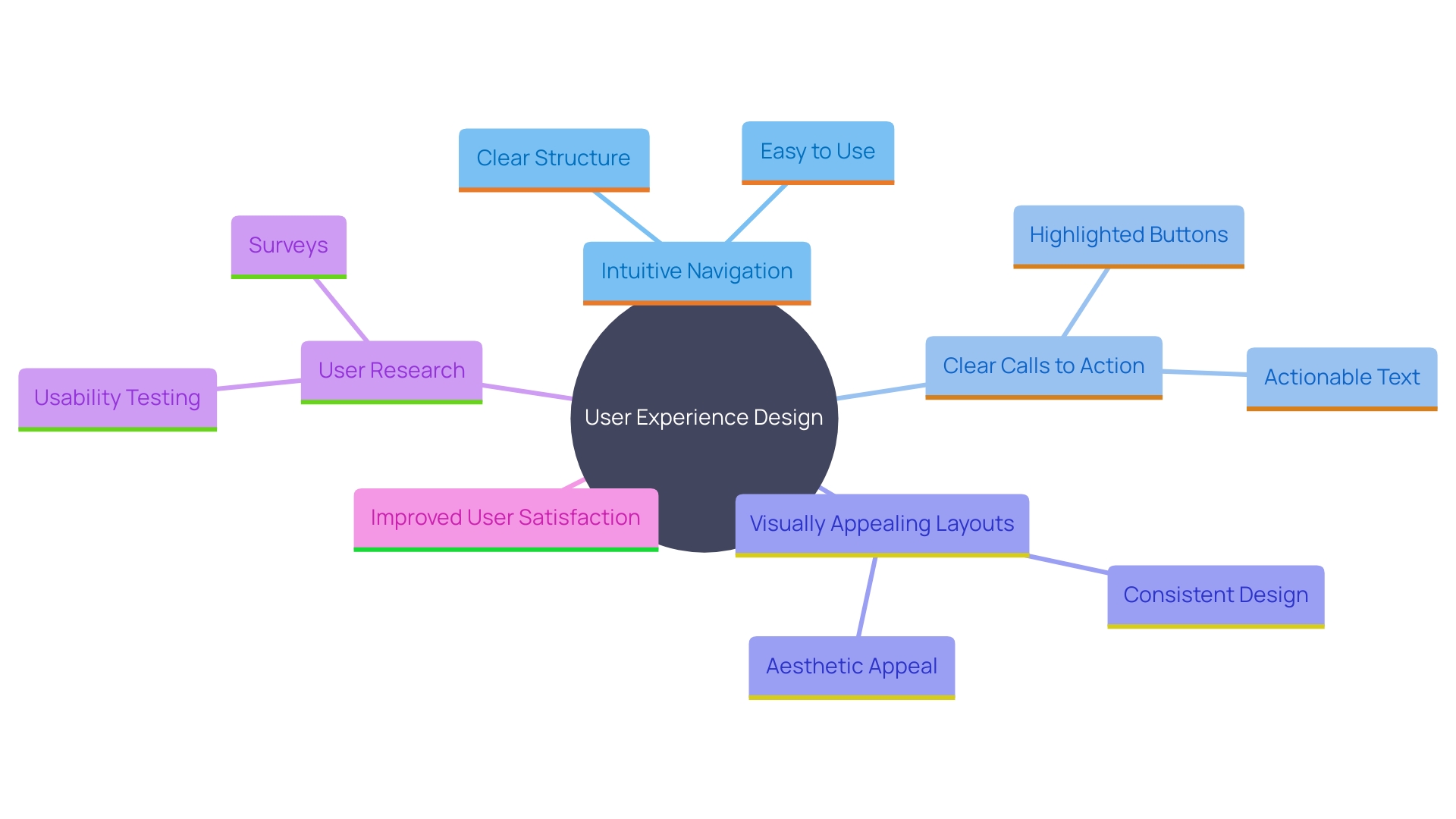
Mobile Optimization
As mobile device usage continues to surge, optimizing your e-commerce platform for mobile is no longer optional—it's imperative. A responsive design is essential, ensuring your site adapts smoothly to different screen sizes, providing a consistent experience across devices. Simplified navigation and streamlined checkout processes are essential for reducing cart abandonment rates, which are notably high on mobile platforms. According to Raluca Budiu, Senior Director of Data Strategy at Nielsen Norman Group, “The initial aspect customers desire when they access your website is to view the images of the items. 'It is your responsibility to provide them with what they desire and do it swiftly.' This underscores the necessity of balancing image quality with loading speed to maintain engagement.
Additionally, the U.S. e-commerce market is projected to surpass $1.1 trillion in 2023, emphasizing the fierce competition and high consumer expectations. Implementing these mobile optimization strategies can set your business apart in this dynamic market. Chess.com, for instance, has effectively broadened its international influence by providing a digital version of chess, making the game more accessible to individuals around the globe. This approach not only broadens audience reach but also enhances user engagement and retention.
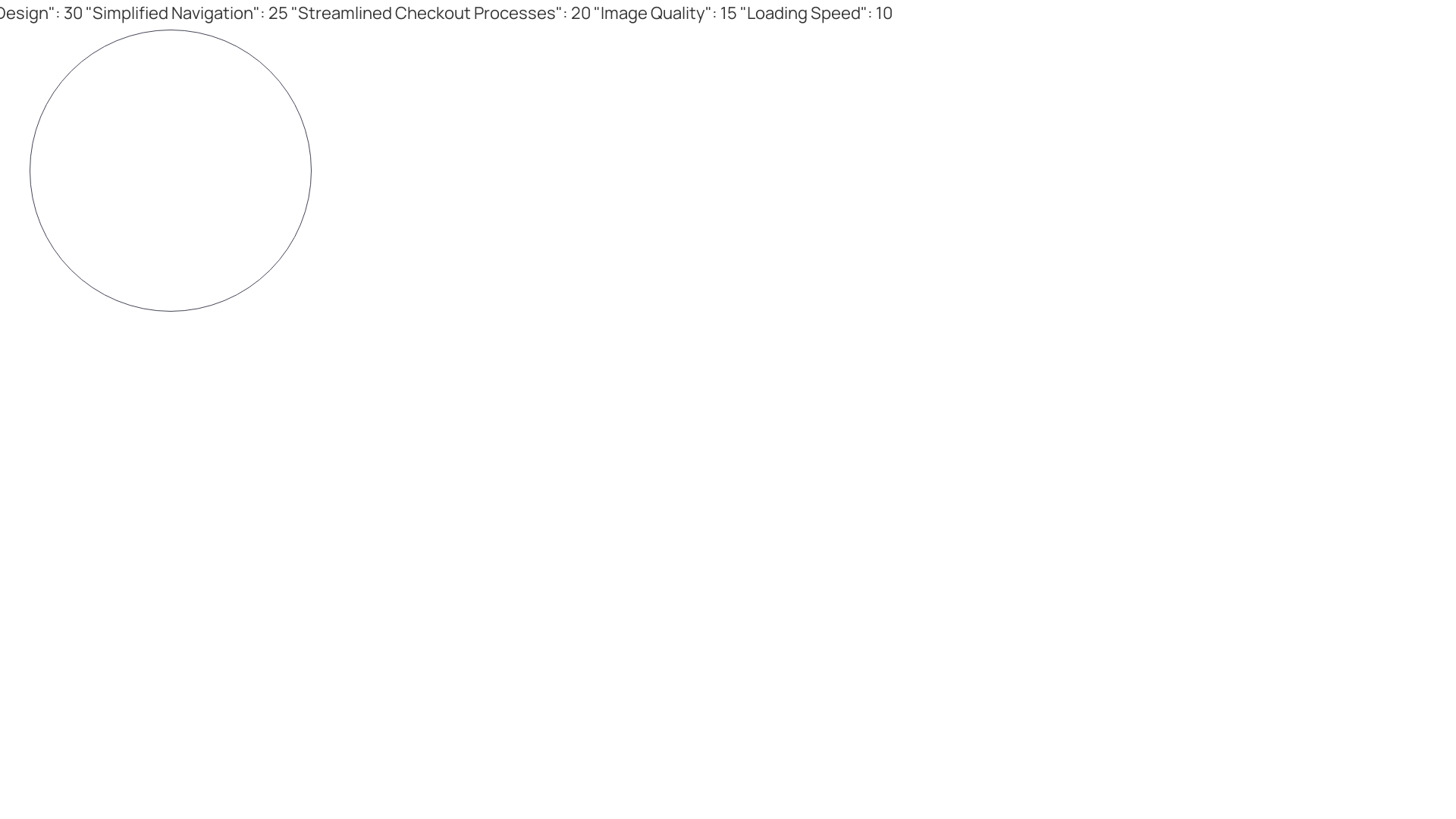
Search Engine Optimization (SEO)
Applying effective SEO tactics is essential for attracting organic visitors to your e-commerce platform. Start by conducting thorough keyword research to pinpoint the terms your target audience uses. Google emphasizes the importance of incorporating these keywords naturally into your content, particularly in headings and body text, to boost relevance in search results.
Optimize various elements of your webpage, including product descriptions, meta tags, and image alt texts, to align with these keywords. This not only enhances visibility but also improves user experience. According to marketing expert Mateusz from Ahrefs, focusing on rankable and valuable keywords can significantly impact your site’s performance. Incorporating keywords such as “roasted coffee,” “Colombian coffee,” or “local coffee roaster” can be a good start for relevant businesses.
Additionally, leverage user-generated content (UGC) and customer reviews on your product pages to build trust and further enhance SEO. This approach can make your content more dynamic and appealing to both visitors and search engine algorithms. Keep in mind, the primary objective of SEO is to enhance the amount and standard of organic traffic, making your site more attractive to both visitors and search engines.
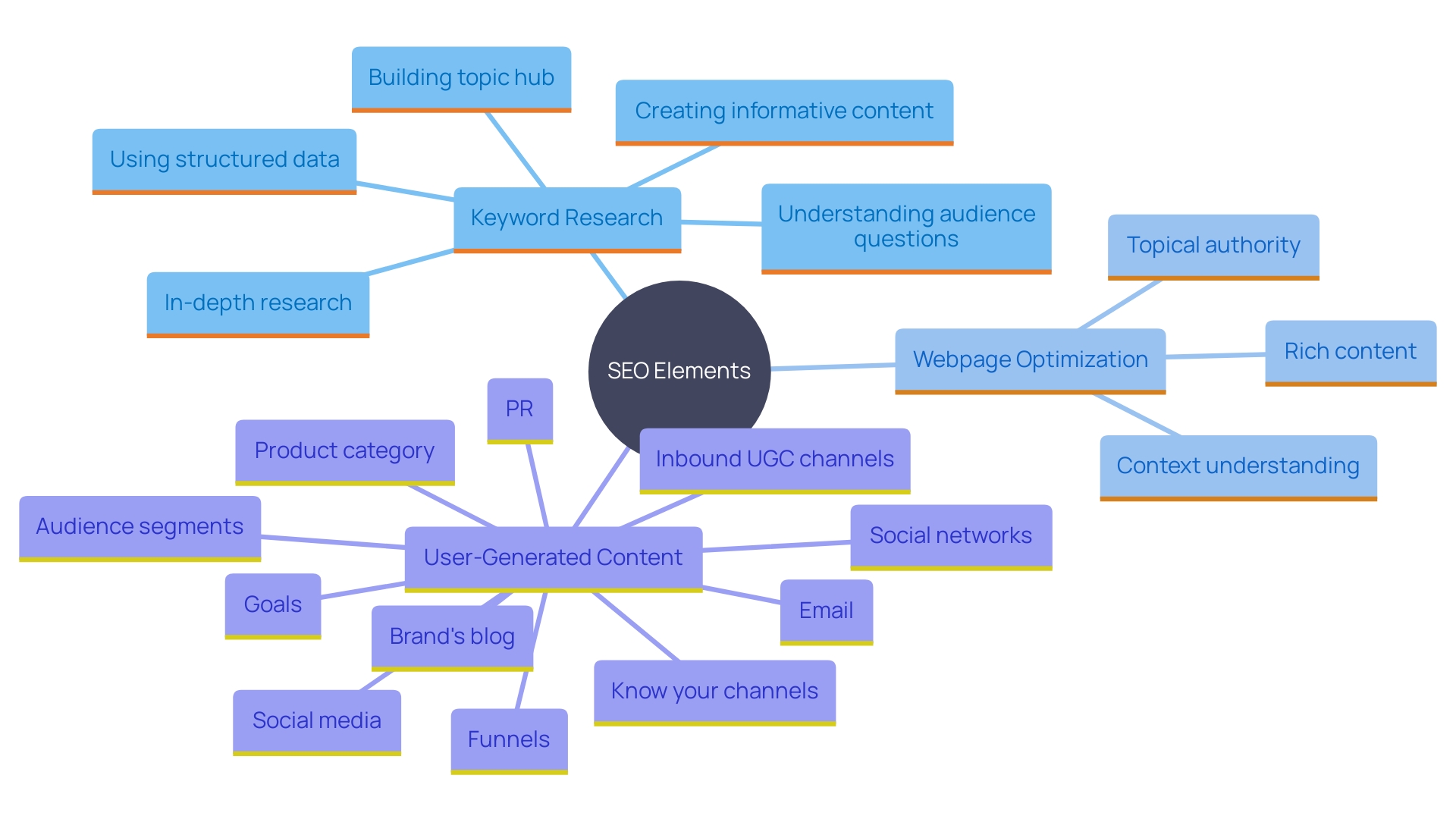
Conversion Rate Optimization Techniques
To maximize sales, it’s crucial to implement conversion rate optimization (CRO) techniques. Begin by providing customers what they desire: high-quality, fast-loading images of items. This balance motivates users to discover more items and enhances the chances of buying. Incorporate compelling item pages that employ trust signals, such as reviews and ratings, to build consumer confidence. Based on data analysis platforms, comprehending which items, visuals, and messaging connect best with your intended audience can greatly enhance click-through rates (CTR), resulting in increased conversions.
Utilize video content to showcase products in action. Google reports that nearly two-thirds of shoppers gain ideas and inspiration from online videos, making tutorials and masterclasses valuable for engaging consumers. Additionally, video marketing offers a unique opportunity for social listening, allowing brands to respond to customer feedback and tailor their offerings further.
Streamlining the checkout process is another critical step. Innovative systems like checkout-free stores, such as the newly opened Zippin-powered store in Dublin Airport, demonstrate the importance of reducing friction during purchases. Ensuring a seamless checkout not only enhances customer experience but also reduces cart abandonment rates, ultimately boosting sales.
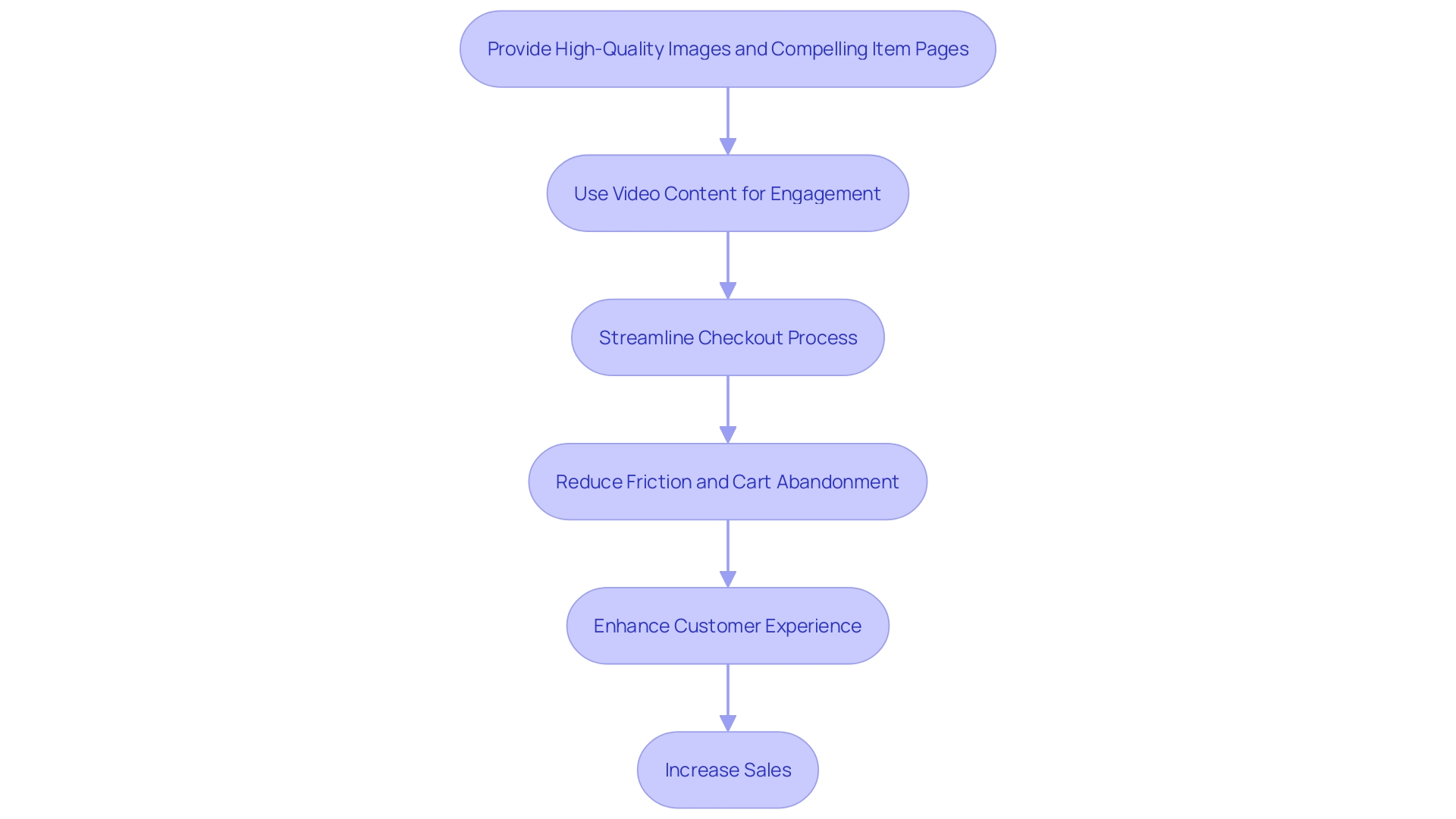
Continuous Performance Monitoring and Improvement
E-commerce optimization is a continuous endeavor, demanding constant vigilance over key performance indicators (KPIs) such as site speed, bounce rates, and conversion rates. Leveraging advanced analytics tools can provide critical insights, enabling data-driven decisions to fine-tune strategies. Conversion rate optimization (CRO), for instance, is vital for maximizing the effectiveness of marketing efforts by understanding interactions, identifying conversion barriers, and testing hypotheses to enhance performance. This process ensures that marketing investments yield substantial returns by converting more visitors and fostering repeat customers, thereby increasing customer lifetime value. As noted, 'Innovation is extremely difficult—but also necessary,' and this holds true for e-commerce, where a test-and-learn culture supported by agile processes and analytics is key to navigating the digital landscape. Despite significant investments, many companies capture less than a third of the anticipated value from digital transformations. However, leading firms are rapidly harnessing digital and AI to generate substantial value, setting themselves apart in the competitive arena.
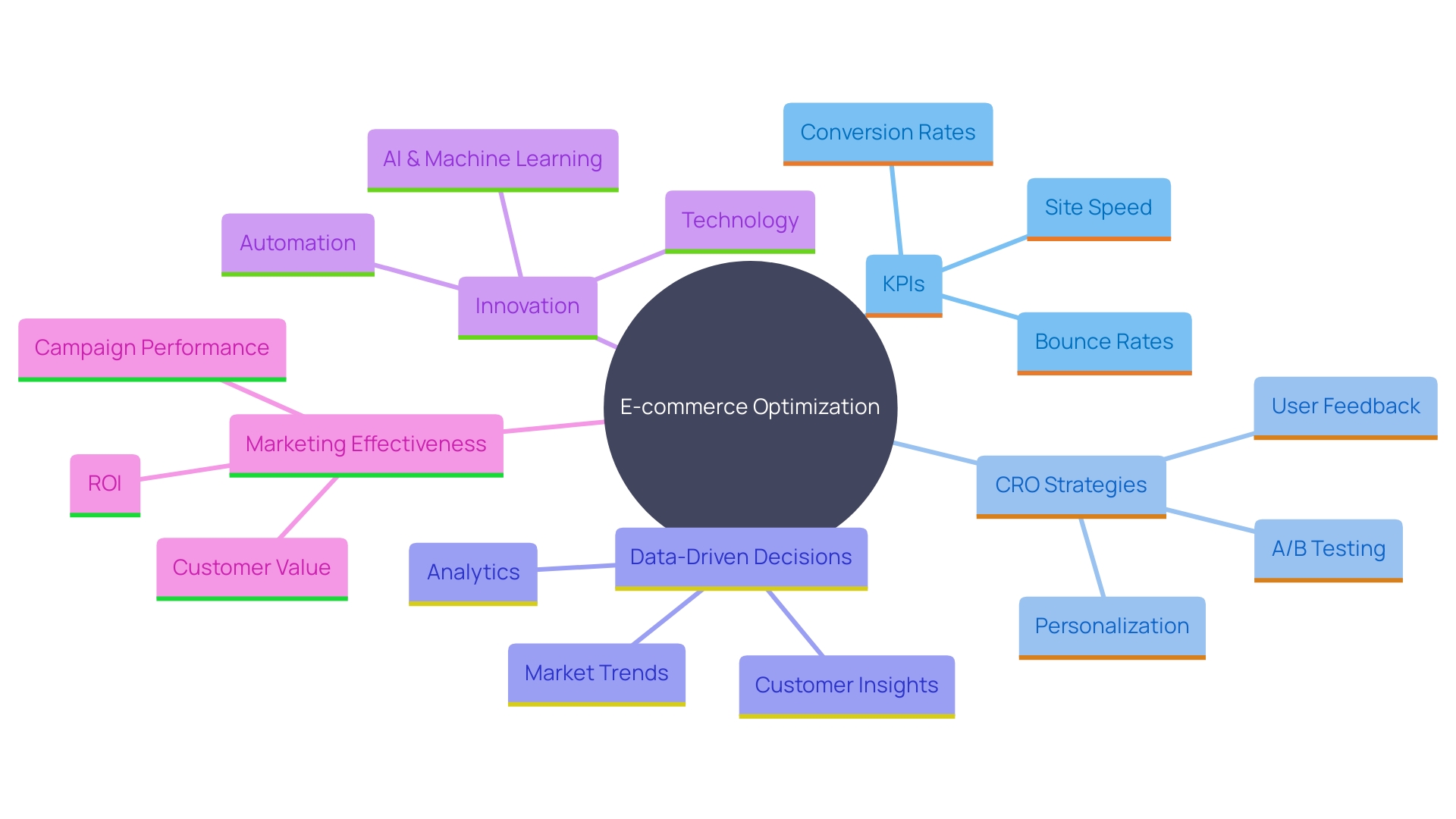
Best Practices for Ecommerce Performance Optimization
Applying recognized best practices can dramatically enhance e-commerce performance and customer experience. Selecting a suitable hosting plan is fundamental to ensure website stability and speed. Utilizing a Content Delivery Network (CDN) is crucial for faster content delivery, especially for global audiences, reducing latency and improving load times. 'Image optimization plays a significant role in quick loading, which is vital as 53% of mobile visitors abandon sites that take longer than three seconds to load.'. Streamlining navigation improves usability, making it simpler for individuals to locate what they require swiftly, thereby decreasing bounce rates and boosting engagement. Conducting A/B testing enables data-informed choices, enhancing strategies based on participant behavior. As one specialist pointed out, optimal methods relate to performance and efficiency, improving usability, accessibility, and the overall experience of individuals. Following these practices guarantees your platform is optimized for both desktop and mobile, accommodating the increasing number of mobile visitors, which now represents over half of global internet traffic.
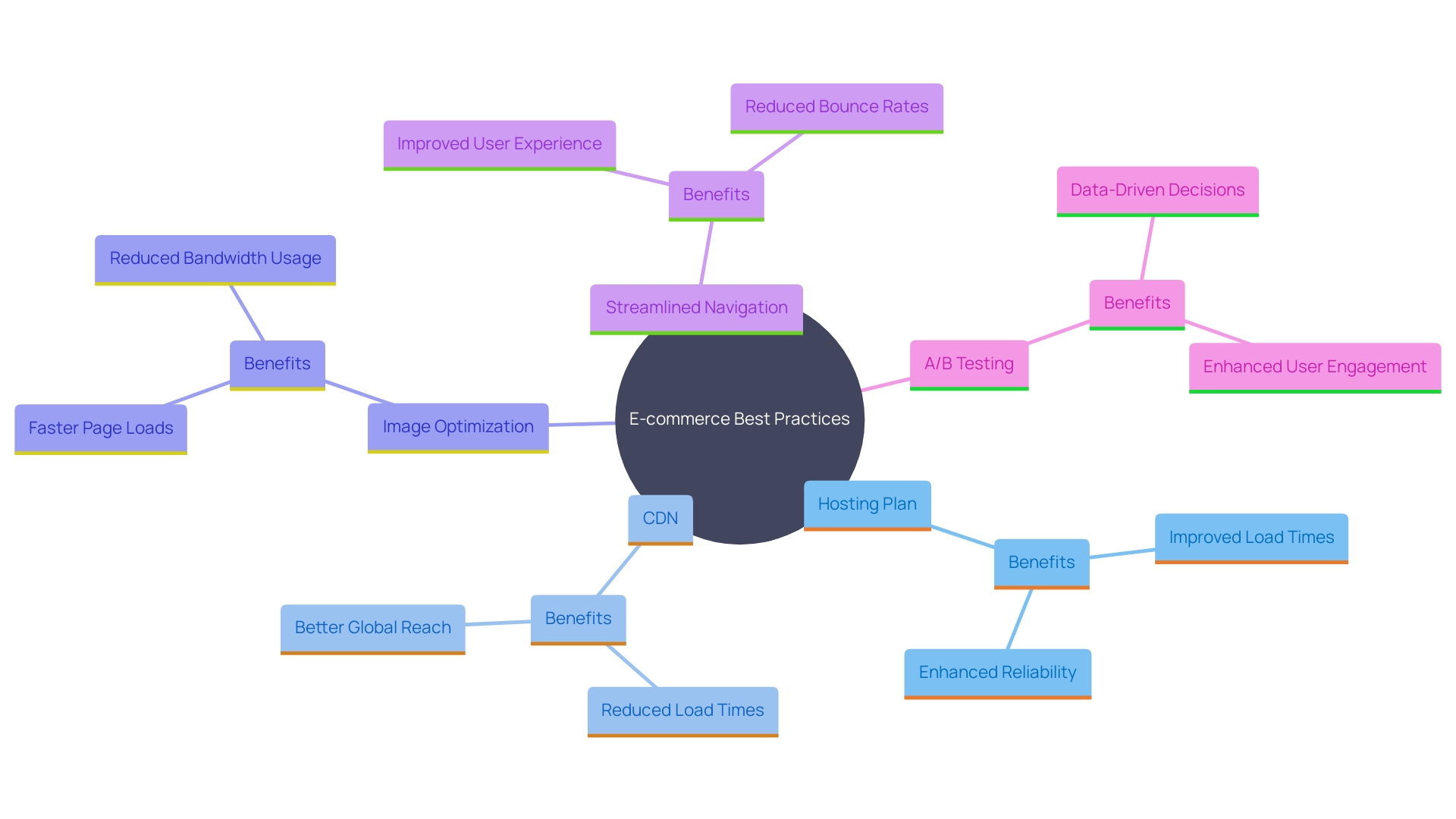
Optimize Hosting Plan
Choosing an optimal hosting plan is crucial for maintaining superior performance and client satisfaction. A robust hosting provider should offer scalability to accommodate growing traffic, ensuring that your platform can handle increased demands seamlessly. High availability ensures that your platform stays reachable for individuals at all hours, reducing any possible income loss caused by outages. Outstanding customer support is crucial to promptly resolve any technical problems, thereby ensuring a seamless experience for clients. As the backbone of your online presence, your hosting choice directly affects speed, security, and overall reliability of your platform.
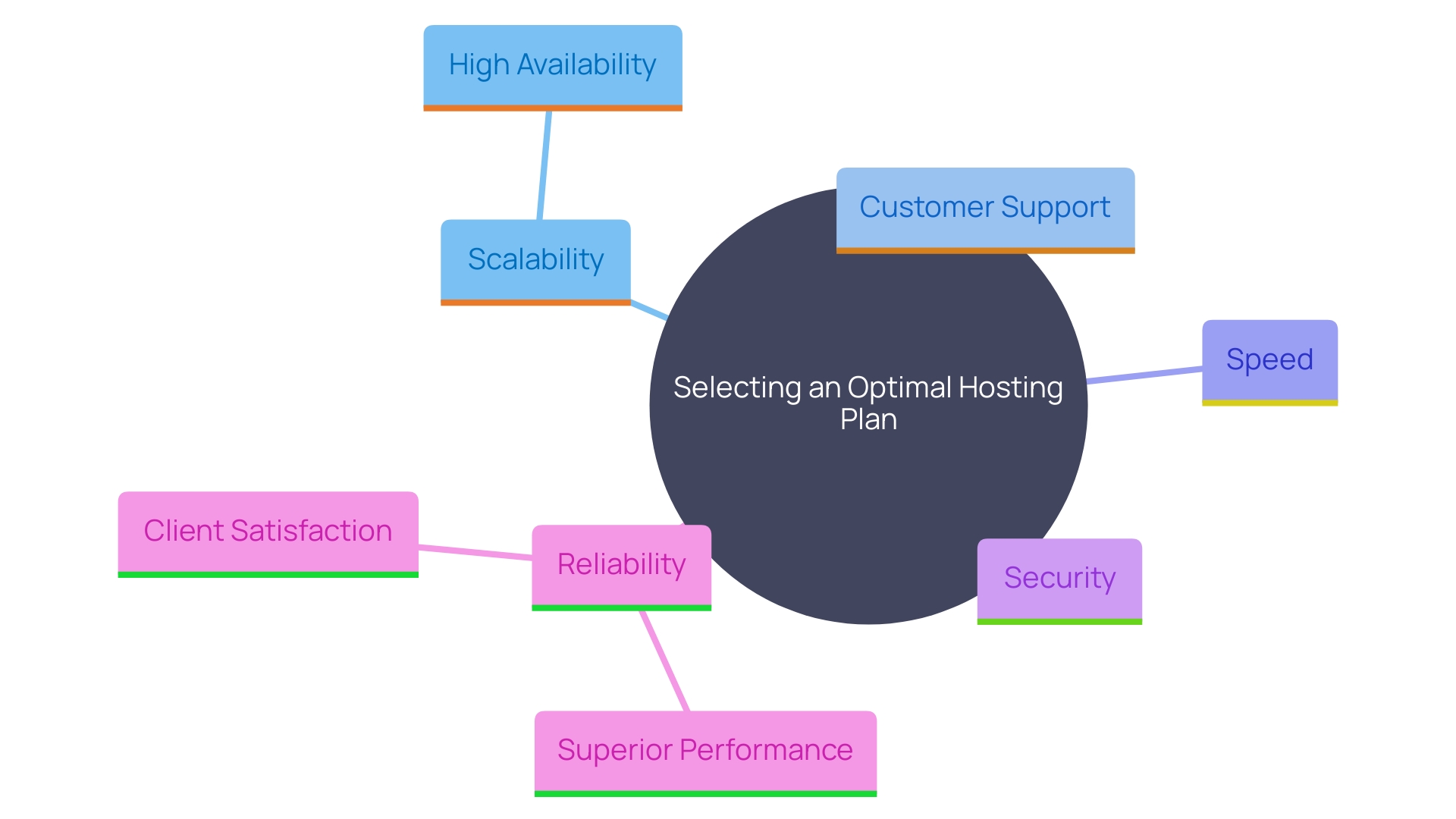
Use a Content Delivery Network (CDN)
A Content Delivery Network (CDN) significantly enhances website performance by distributing content across multiple servers globally. This worldwide distribution minimizes delay by guaranteeing that individuals reach your webpage from the closest server location, which significantly enhances loading durations. Considering the competitive nature of online marketplaces, where even a few seconds can influence whether a sale occurs, having a fast site is essential for delivering an optimal interaction. For instance, PicsArt saw substantial performance improvements by transitioning from a centralized architecture to a globally distributed service using CloudFlare, which operates in over 310 cities worldwide. This shift underscores the importance of fast, efficient data processing, closely aligning with the principles of edge computing that emphasize speed and cost-effectiveness. Additionally, the recent L4S internet standard seeks to further lower latency by ensuring packets spend minimal time in queues, improving the interaction for applications such as video streaming and interactive media. By utilizing a CDN, you access a network of hundreds of servers, sharing the load and preventing bandwidth problems, thus ensuring a smooth interaction.
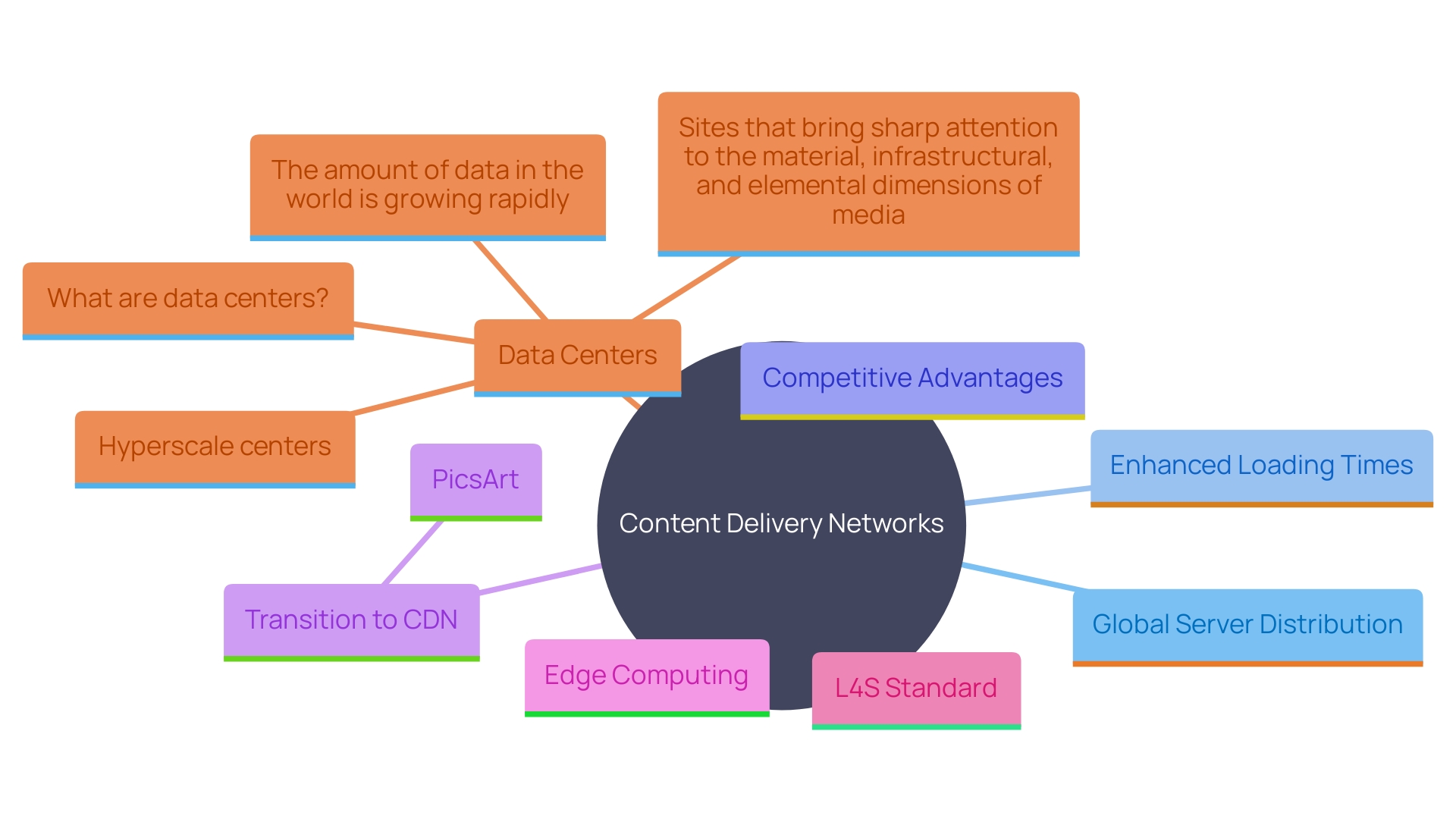
Optimize Images
In the vast digital landscape, where there are about 1.09 billion websites, optimizing image performance is crucial to maintaining a competitive edge. Large image files can significantly slow down your site, affecting user experience and conversion rates. To address this, implement image compression tools and utilize appropriate file formats such as JPEG, known for its high compression and widespread compatibility. This ensures your images are web-optimized without sacrificing quality.
According to best practices established through testing and research, balancing image quality and website loading speed is essential. The initial aspect customers desire when they access your website is to view the images of the items. Fast and high-quality images can lead to more exploration of items and increased sales. Consequently, utilizing effective image optimization methods is not solely focused on decreasing file size but improving the overall interaction, whether on web or mobile platforms.
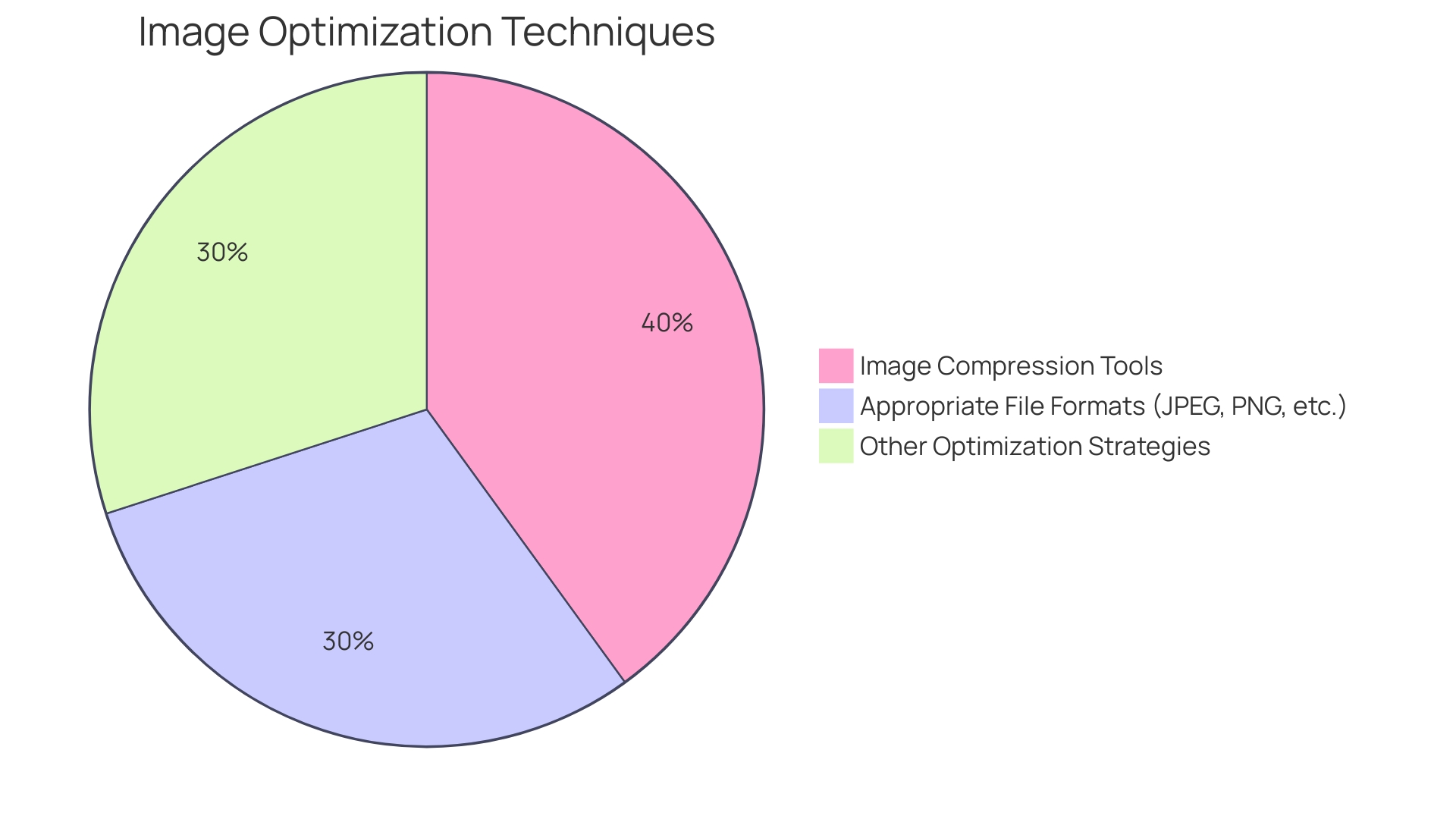
Simplify Navigation and Checkout Process
Creating an effortless navigation structure and a streamlined checkout process is crucial for minimizing cart abandonment rates. Users should be able to effortlessly locate products and proceed through the checkout with minimal steps. Consider implementing intuitive design principles, such as clear categorization and search functions, to enhance interaction.
Optimizing touchpoints across the customer journey can significantly reduce abandonment rates, lower acquisition costs, and foster customer loyalty. For instance, a new checkout-free store in Dublin leverages Zippin technology to allow customers to scan their payment card upon entry and automatically charge them for items as they exit. This innovative approach is expected to enhance the shopping journey by reducing friction points.
Addressing cognitive complexity is another vital aspect. Streamlining the cognitive effort needed from individuals can result in a more captivating and less aggravating interaction. As Bruce Lee famously said, 'Simplicity is the key to brilliance.' By reducing the steps and effort needed to complete a transaction, you enhance overall satisfaction and encourage repeat purchases.
Moreover, leveraging insights from industry research, such as Accenture's finding that 71% of consumers perceive no improvement or an increase in the time and effort required to make purchase decisions, underscores the importance of a simplified process. By tackling these challenges, you can greatly enhance interactions and decrease the chances of cart abandonment.
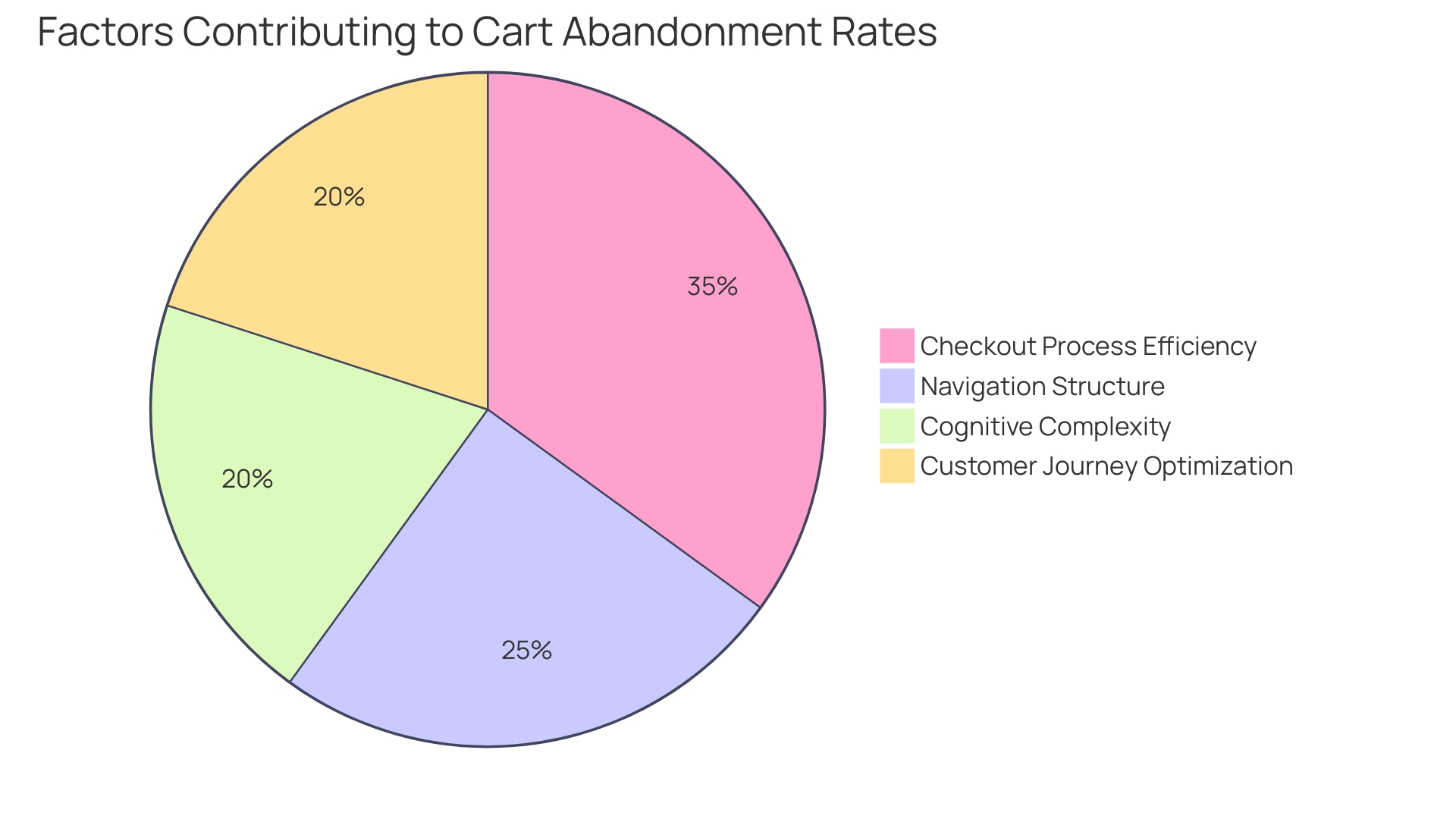
Implement A/B Testing
A/B testing is a powerful technique for optimizing your e-commerce platform by experimenting with different elements of your website to see what resonates most with your audience. By analyzing variations of product pages, call-to-action buttons, and checkout processes, you can significantly improve your conversion rates. Joel Witten from Rec Room highlights the importance of a data-driven culture in experimentation, detailing how constant testing and iteration have boosted their performance.
In real-world applications, like Rec Room's use of Statsig's content management system, A/B testing has proven invaluable. A well-designed A/B test can help you identify and overcome common pitfalls, providing reliable and trustworthy results. For instance, a digital billboard experiment on Highway 101 showed how measuring impact meticulously can yield actionable insights.
Moreover, data analytics technology is a cornerstone for conversion rate optimization (CRO). It plays a vital part in improving the interactions of individuals by identifying the most effective elements through ongoing testing and refinement. This approach not only meets the immediate needs of your audience but also aligns with long-term business goals, ensuring sustained engagement and growth.
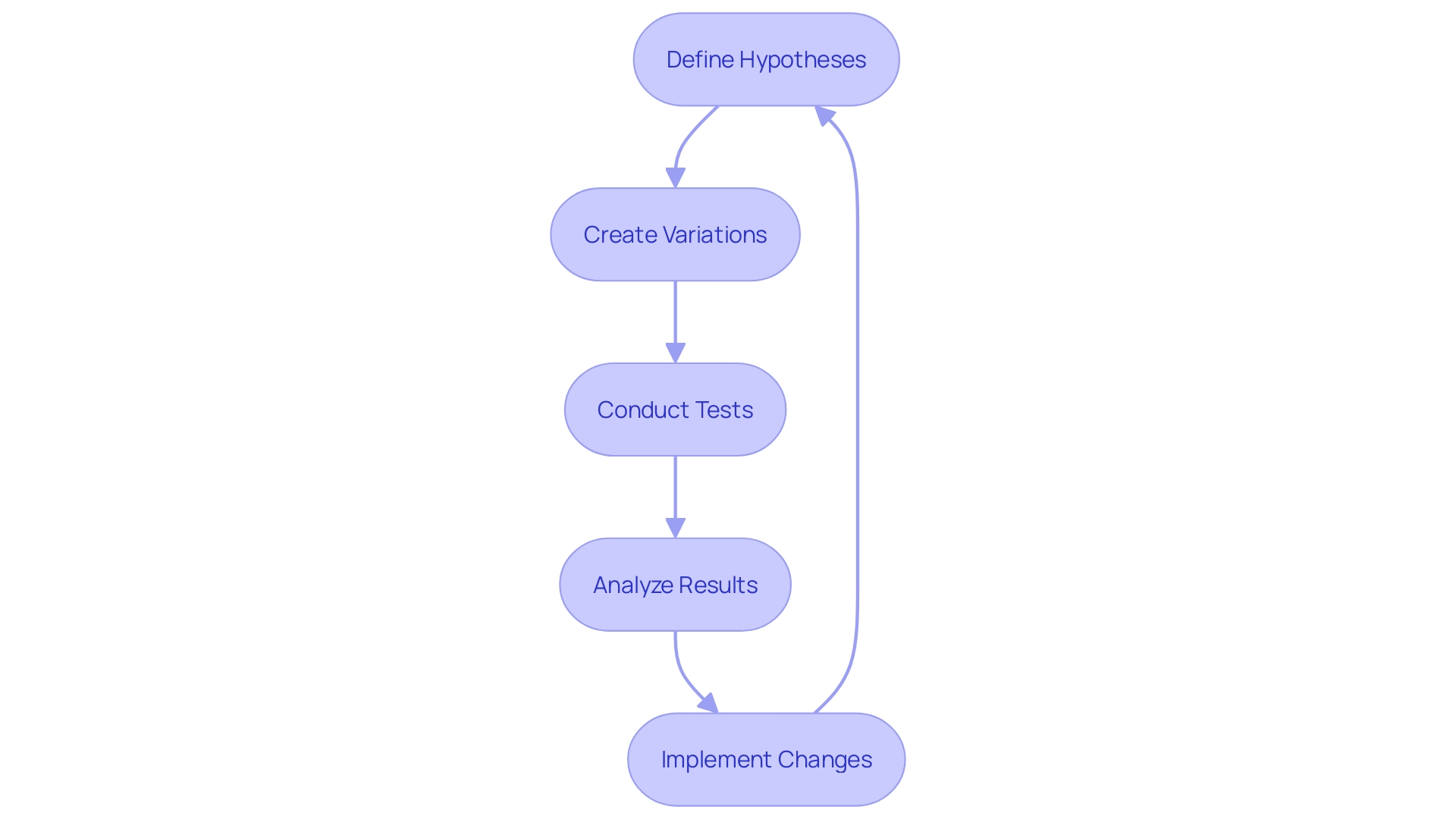
Leverage Browser Caching and Minify CSS/JavaScript
Leveraging browser caching significantly enhances web performance by storing frequently accessed data locally, ensuring rapid load times for repeat visitors. By caching data in the individual's browser, we reduce the need for repeated server requests, which accelerates page rendering and enhances the overall experience.
In addition, minifying CSS and JavaScript files is a crucial step in performance optimization. This process involves removing unnecessary characters and spaces from the code, thereby reducing file sizes and allowing for quicker downloads. For instance, a study from the Chrome User Experience Report highlights that optimizing these resources can markedly enhance the Largest Contentful Paint (LCP), a critical metric that measures the loading speed of the largest visible content piece on a webpage. Quicker LCP times are directly linked to higher visitor satisfaction, as individuals anticipate websites to load promptly and smoothly.
To illustrate the impact, consider the use of Content Delivery Networks (CDNs). CDNs distribute content across multiple proxy servers globally, ensuring that individuals can access data from the nearest server location. This setup significantly reduces latency and accelerates content delivery, similar to how Amazon Prime duplicates its content across various servers to ensure swift access for individuals globally.
Further supporting this, new standards like Low Latency, Low Loss, Scalable Throughput (L4S) are being implemented to reduce queuing delays and improve data throughput. This technology is poised to revolutionize how we engage with the internet by making interactive media consumption, such as video calls and gaming, more seamless and responsive.
Therefore, combining browser caching, minification of CSS and JavaScript, and leveraging CDNs and emerging technologies like L4S can collectively transform web performance, providing a fast, efficient, and engaging user experience.
Conclusion
In the realm of e-commerce, optimizing website performance is not merely an enhancement but a fundamental necessity for success. The key elements discussed—site speed, user experience, mobile optimization, SEO, and conversion rate optimization—collectively form the backbone of an effective online platform. Each component plays a critical role, ensuring that businesses not only attract but also retain customers in an increasingly competitive landscape.
Website speed stands as a vital factor; even minimal delays can lead to significant drops in conversions. By employing strategies such as image compression and reliable hosting, businesses can enhance load times and create a seamless user experience. Furthermore, prioritizing user experience through intuitive navigation, clear calls to action, and visually appealing layouts fosters engagement and satisfaction, ultimately driving sales.
As mobile commerce continues to rise, optimizing for mobile devices has become essential. A responsive design paired with simplified navigation and streamlined checkout processes can dramatically reduce cart abandonment rates and improve overall user satisfaction. Additionally, robust SEO strategies are critical for increasing visibility and driving organic traffic, while effective conversion rate optimization techniques ensure that visitors are transformed into loyal customers.
Continuous monitoring and applying best practices, such as leveraging CDNs and implementing A/B testing, are crucial for ongoing performance improvement. Embracing a culture of experimentation and data-driven decision-making allows e-commerce platforms to adapt and thrive in a dynamic market. Ultimately, the commitment to optimizing every facet of the online shopping experience will not only enhance user satisfaction but also pave the way for sustained business success.





